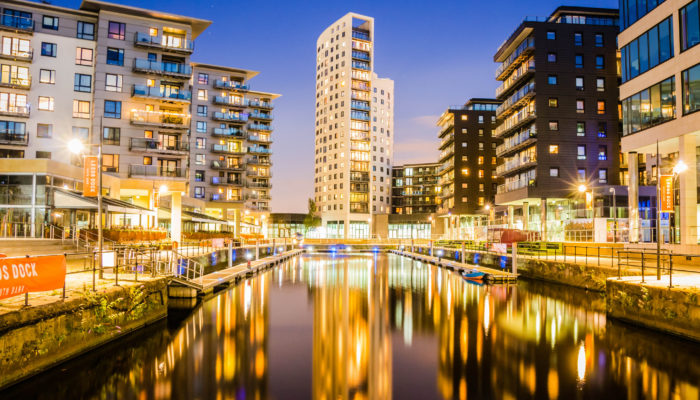
As the pressures increase on Government and private sector to build more houses, it is welcome to see a growing momentum to better link houses with a sustainable transport network. It is hard to have this conversation without thinking about the future of mobility and what people want from where they live and how they can stay active and healthy. In reality, I think people have a growing expectation for greater choice – in where, how and when they work and play, consequently for where, how and when they travel.
What are we doing in the Leeds City Region?
The West Yorkshire Combined Authority does not have any statutory planning powers, nor is it responsible for the delivery of infrastructure such as housing and highways. However, as a statutory transport authority, a funder of infrastructure schemes and a holder of the economic vision for the region, we do have a role in facilitating discussions and championing ways to do things differently. Below are some of the ways we are trying to join up the agenda, but we recognise that there is more we can do and we welcome the work of Urban Transport Group in this area including through its recent Transit Oriented Development report.
Space for member and LEP decision-making: we have established a new Place Panel which is an advisory panel feeding into the Combined Authority (CA) and LEP Boards. Under the overall objectives of economic and inclusive growth, the panel considers barriers to housing and employment opportunities, as well as issues around quality of place, including historic and cultural assets, all linked by an effective transport system. It’s important for members to have the space and advice to consider the issues in the round.
Housing, transport, and Green and Blue Infrastructure priorities: following the adoption of our Transport Strategy in 2017, the CA has now also adopted a housing vision. Also created with partners, the Leeds City Region Housing Vision sets out our collective aims, ambitions and principles for creating good places to live. Our Green and Blue Infrastructure Strategy presents a set of plans to support the design of sites and places.
Informed decisions: we have designed and built a Leeds City Region infrastructure map as a technical tool aimed at providing information on infrastructure and planned growth (housing and employment site related information) across Leeds City Region on a single, easily accessible map. The map draws in data from a wide range of sources to provide a general overview of physical and enabling infrastructure.
Funding programmes with combined objectives: our Growth Deal core outputs set by government, are the delivery of 19,595 jobs and 2,300 homes by March 2024/5, and we have programmes supporting viability, investing in transport including schemes designed to unlock strategic sites and additional economic and housing growth.There are some good examples, such as Kirkstall Forge which sees a new rail station supporting over 1,000 new homes, 300,000sq ft of office space and 100,000sq ft of retail, leisure and community facilities, including a school. We also have the opportunity to make the most of projects such as the Transpennine Route Upgrade, if it can be aligned with Kirklee’s plans for development around the stations.
Tackling the challenging housing sites: sites that are already well-served by transport are often not the easiest to bring forward for development. The majority of sites on the extant planning permissions are on brownfield land. Through our funding programmes we are specifically focussed on unlocking land for development and de-risking development, where needed, to bring faster growth forward. Looking to the next wave of sites, we have developed the LCR Strategic Sites Pipeline comprised of sites identified as priorities, where additional support is needed to bring them forward.
Rethinking roles: as retail habits change, we need to consider how we can sustain our town and city centres, repurposing them as new communities. Residential/mixed use urban centres could make them great places to live with a sustainable transport system being the key to connecting communities across the city region.
Joined up resources: we know that getting sites through the planning process is not the problem as many of the sites already have a planning permission in place. However, we do need more resources within districts to help identify constraints and barriers to growth and deliver the pipeline. These same people also need the time and support to ensure that they are brought forward with active and sustainable travel in mind.
Long-term devolved budgets with the flexibility to consider these wider objectives is, in our view, very much needed. That’s why we support the National Infrastructure Commission’s recommendation for stable budget for urban transport and we are pleased to be working with them on the development of our pipeline of interventions.
Image: Simon
About the Author
This post was written by Liz Hunter. Liz Hunter is Head of Transport Policy at West Yorkshire Combined Authority.
